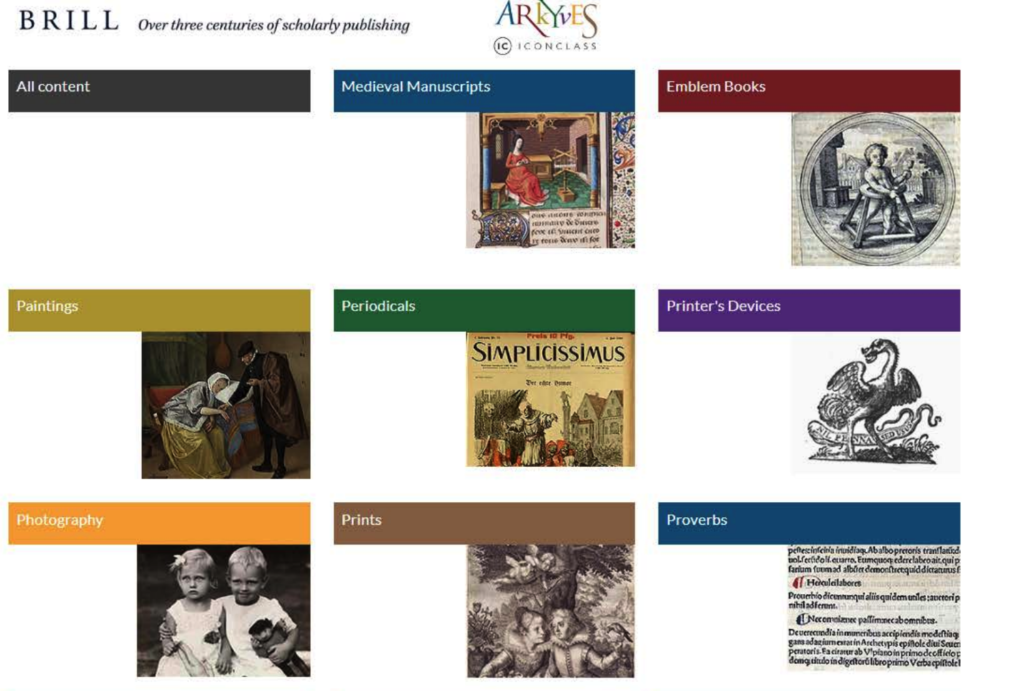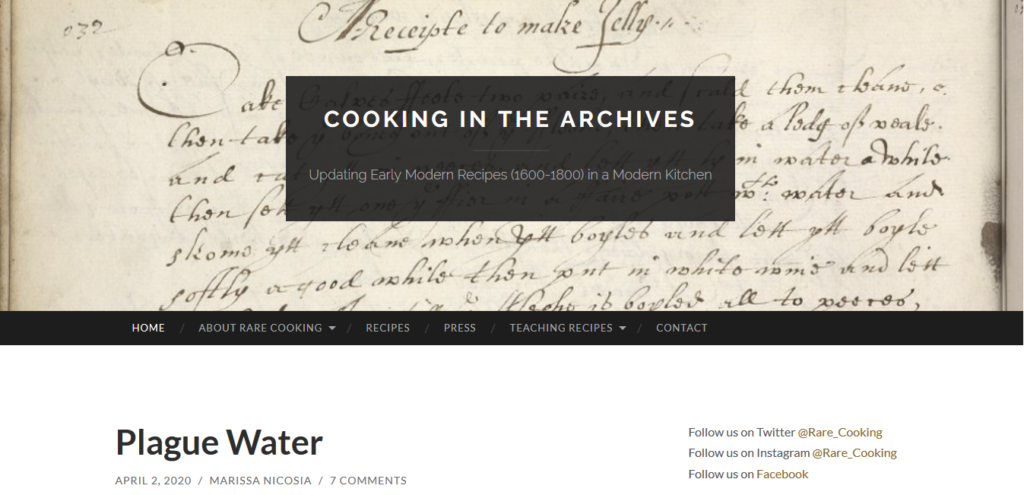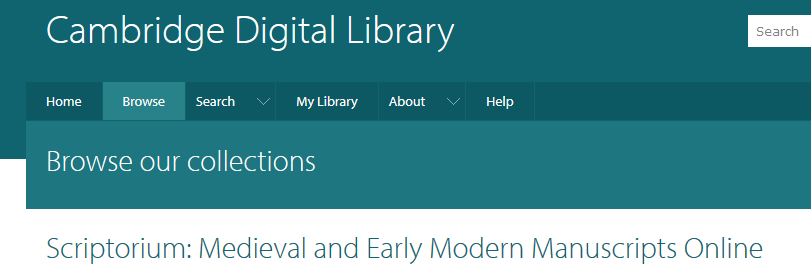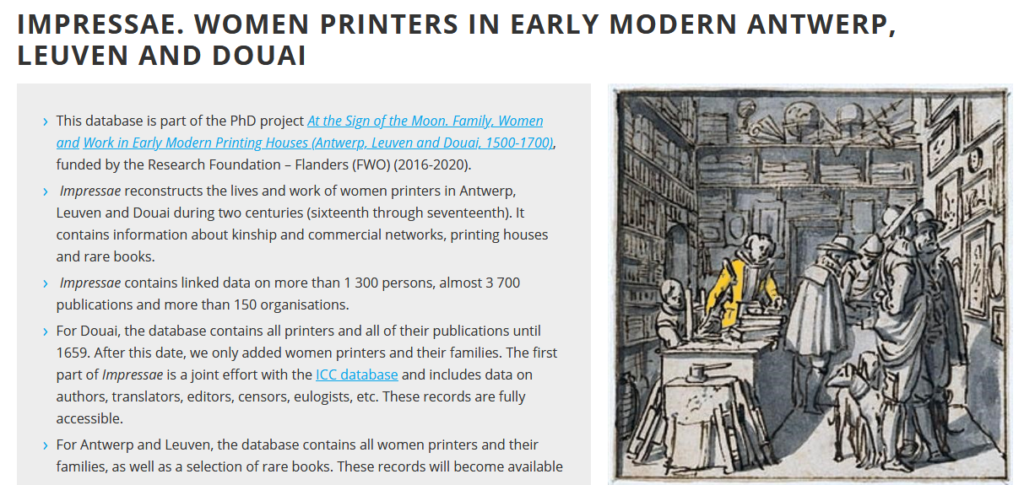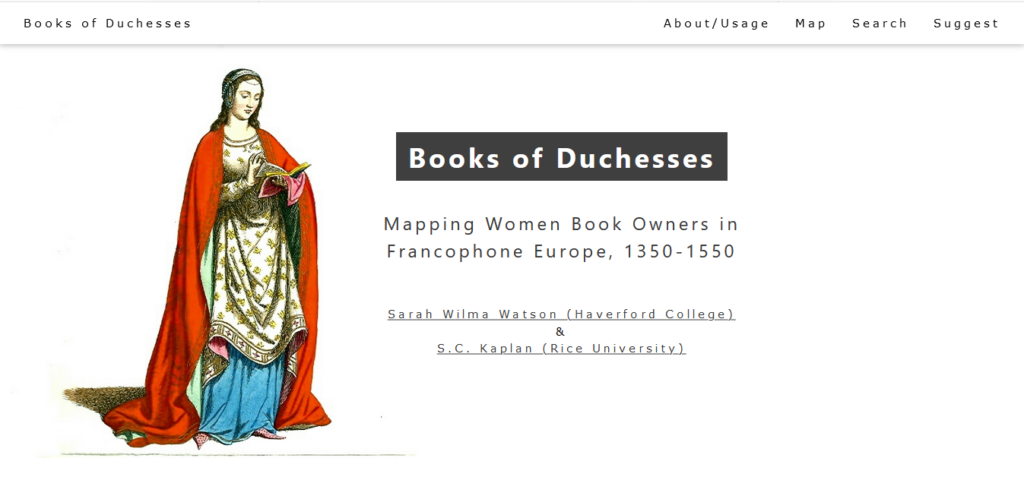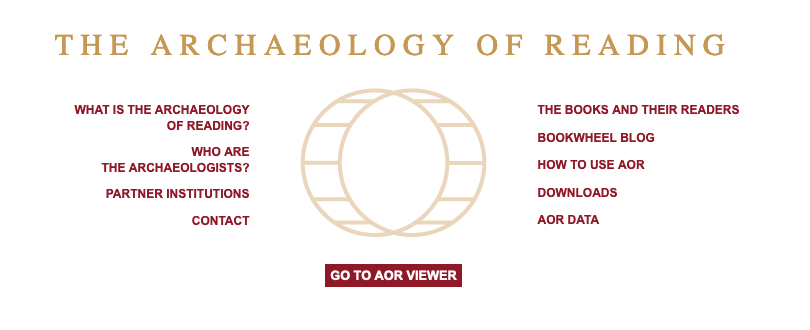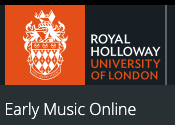
Contains the full text of Conte Leopoldo Cicognara’s Catalogo ragionato dei libri d’arte e d’antichità, published in 1821, integrated with digital images of the full text of every title in the Cicognara Library. Includes both black-and-white facsimiles of the original volumes in the Vatican Library (digitized from microform masters), and one or more high-resolution, color digital facsimiles of unique copies from project partner libraries, along with thorough bibliographic information.

